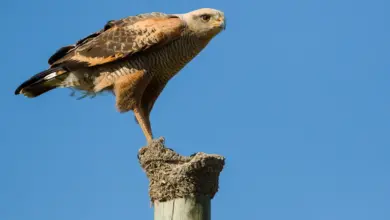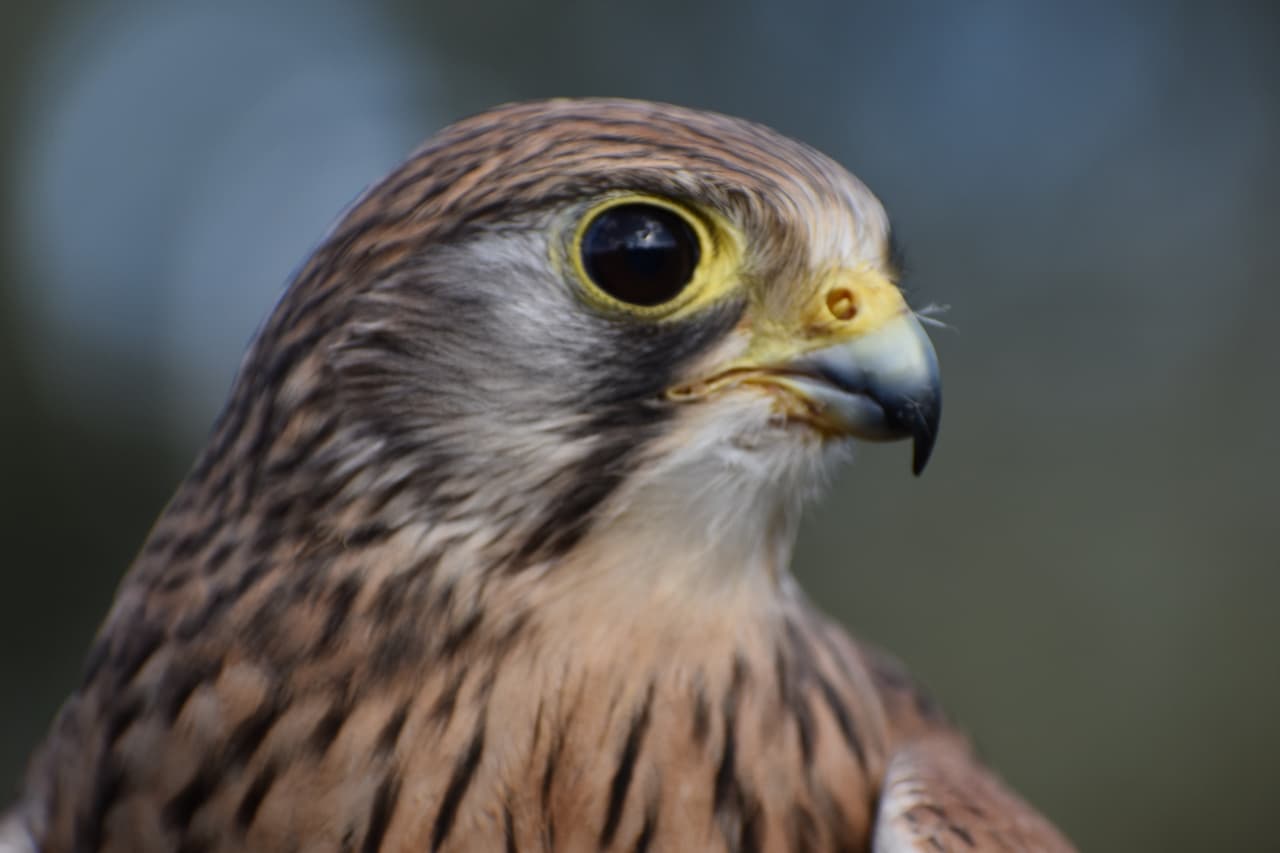African Golden Weaver (Ploceus subaureus)
The African Golden Weaver (Ploceus subaureus) is also known as the African Yellow Weaver, Eastern Golden Weaver, or Olive-headed Golden Weaver
They occur naturally in eastern and south-eastern Africa. Specifically, the range of these weavers extends from Kenya south through Tanzania, Malawi, Mozambique, and Swaziland to KwaZulu-Natal and the Eastern Cape in South Africa.
They favor coastal plains, estuaries, and low-lying river valleys and river flood plains, usually remaining within 50 km (~31 miles) of the coast; but may move up to 100 km (~62 miles) inland along river valleys.
Sub-species Ranges
- Ploceus subaureus subaureus – Nominate Race: Found in southern Mozambique to Natal, Zululand, and eastern Cape Province in eastern South Africa
- Ploceus subaureus aureoflavus: Found in Somalia to eastern Kenya, eastern Tanzania, Malawi, and northern Mozambique
Description:
Reddish eyes and flesh-colored feet. Dark bill
Male: His breeding plumage is bright yellow, with a duller non-breeding plumage.
Female: Dull yellow plumage.
Similar Species: Other golden weavers have similar plumage details, but don’t have reddish eyes.
Songs / Vocalizations:
Emit “chet” notes. The song is described as sizzling, “radio static”.
Diet / Feeding:
The primary diet consists of seeds, as well as insects and nectar.
Breeding / Nesting:
The breeding season extends from September to February; the peak season ranges from September through December.
Nesting occurs in and around reedbeds but may range into surrounding savanna and woodland areas.
These colonial nesters build 10-20 (but up to 50) nests per colony. The circular nests are built by the males and lined by the females with softer grasses.
The average clutch consists of 2 to 4 eggs, which are incubated by the female.
The chicks fledge when they are about 19 to 22 days old.
Global Names:
- Catalan: teixidor daurat africà
- Chinese: 东非织巢鸟 / 非洲金織雀
- Croatian: žuta pletilja
- Czech: snovač zlatý
- Danish: Gylden Væver
- Dutch: Goudwever
- Finnish: kultakutoja
- French: Tisserin jaune
- German: Goldweber
- Italian: Tessitore dorato africano
- Japanese: koganehataori / コガネハタオリ
- Lithuanian: Žaliagalvis audėjas
- Norwegian: Gullvevar / Gullvever
- Polish: wikłacz żółty
- Portuguese: Tecelão-amarelo
- Russian: Золотистый ткач
- Slovak: pletiarka zlatožltá
- Serbian: Zlatna tekstor tkalja
- Spanish: Tejedor Dorado Africano
- Swedish: guldvävare
- Ukrainian: Ткачик золотий



